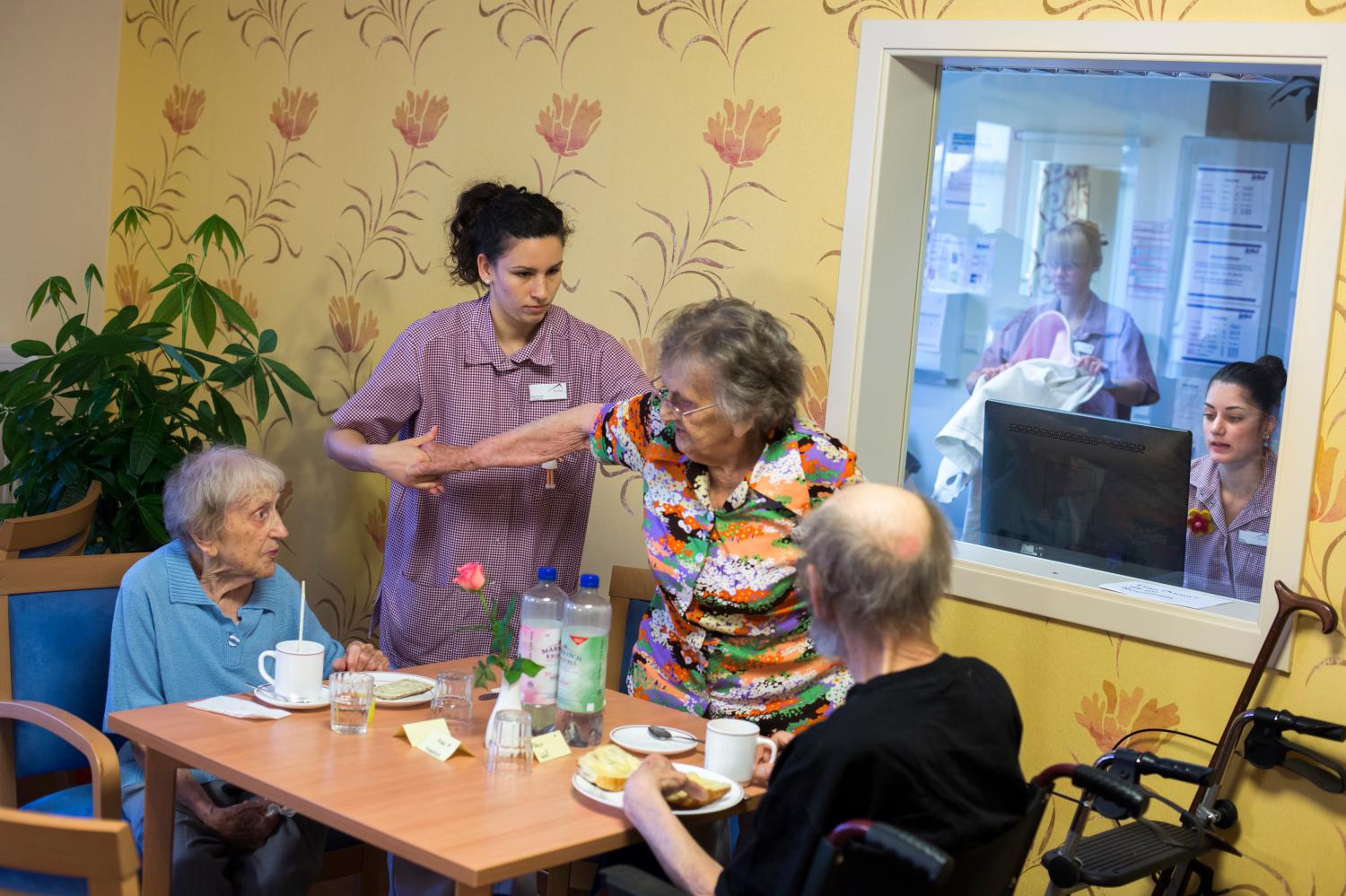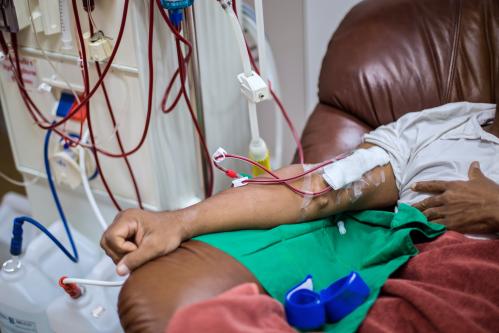Approximately four percent of Americans over the age of 65, and 13 percent of those over 85, live in a nursing home facility. But despite the importance of nursing homes in the quality of life of millions of Americans and the billions of dollars spent on them, very little information has historically been available about their service quality. In 2007, the Centers for Medicare & Medicaid Services (CMS) introduced a nursing home rating system that is widely used by patients, medical providers, and payers. It is one of the only sources of information on nursing home quality in the United States.
In this paper, Brookings’s Niam Yaraghi and Xu Han and Ram Gopal of the University of Connecticut School of Business investigate the reliability of the CMS’s Nursing Home Compare System, and argue that the system is prone to inflation in self-reported measures, which leads to biased and misleading ratings.
The Nursing Home Compare System assigns each nursing home facility a rating between one and five stars, based on three domains: on-site inspection, staffing, and quality measures. While independent, CMS-certified inspectors conduct and report on the on-site inspections, the other two domains are self-reported by nursing homes.
The authors find that the number of nursing homes reporting high performance scores in the self-reported domains has continuously increased over recent years. However, it is not clear whether the continued increase in ratings of self-reported domains is driven by nursing homes’ legitimate efforts to constantly improve their services or is rather a signal of rating inflation and fraudulent self-reporting. The objective of this study is to answer this question and to investigate the existence and the extent of inflation in the nursing homes’ rating system.
Ultimately, the authors find strong evidence of inflation in the two self-reported measures, which can fundamentally change a nursing home’s overall rating. For example, it is possible for an average nursing home that has received three stars in the on-site inspection to gain two additional stars based on self-reported measures and become an excellent five-star nursing home. Han, Yaraghi, and Gopal demonstrate that nursing homes have strong financial incentives directly related to higher star ratings, which likely drive the inflating behaviors. Based on their prediction model, the researchers estimate that between six and 12.5 percent of nursing homes are likely inflators of self-reported measures.
The authors conclude by summarizing the key characteristics of likely inflators, which can be used to strategically focus future audits on those nursing homes that are most likely to inflate their scores—and to ultimately help CMS improve the rating system that so many Americans depend on.
The Brookings Institution is committed to quality, independence, and impact.
We are supported by a diverse array of funders. In line with our values and policies, each Brookings publication represents the sole views of its author(s).




